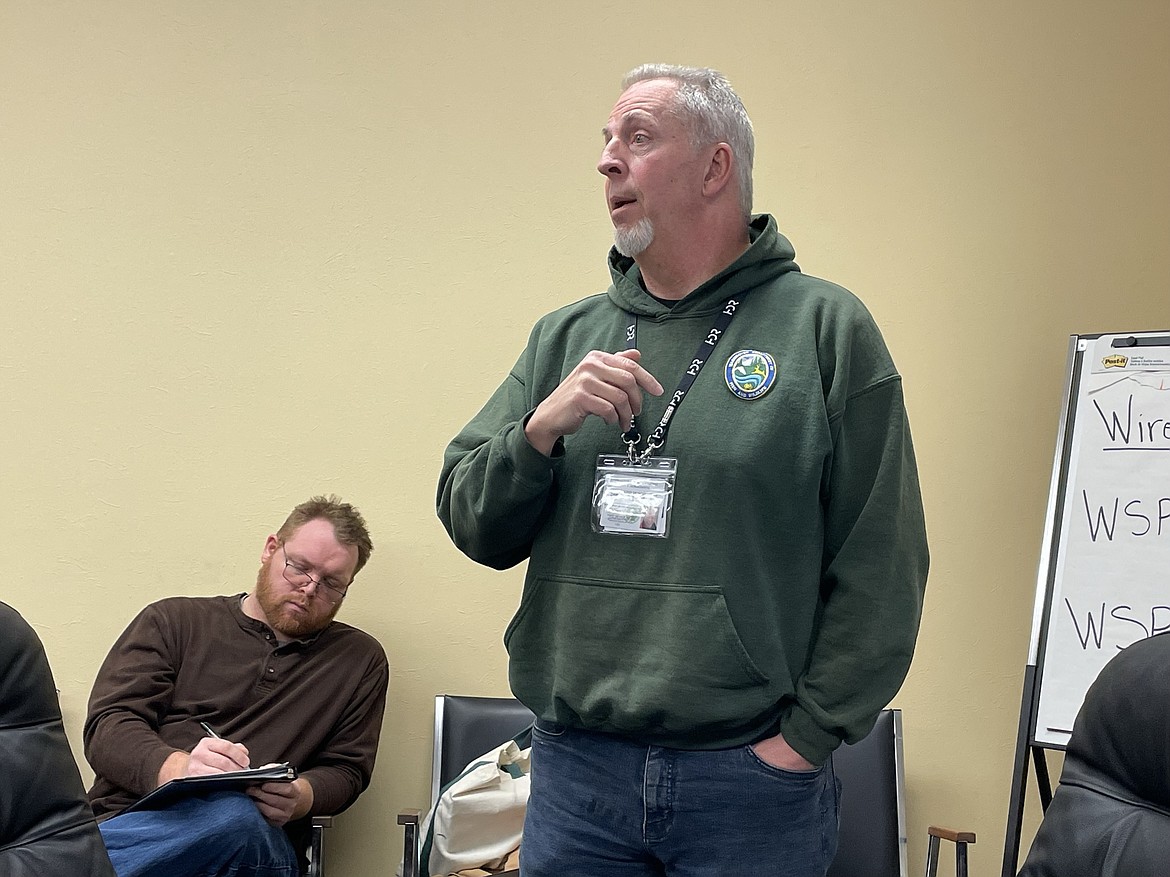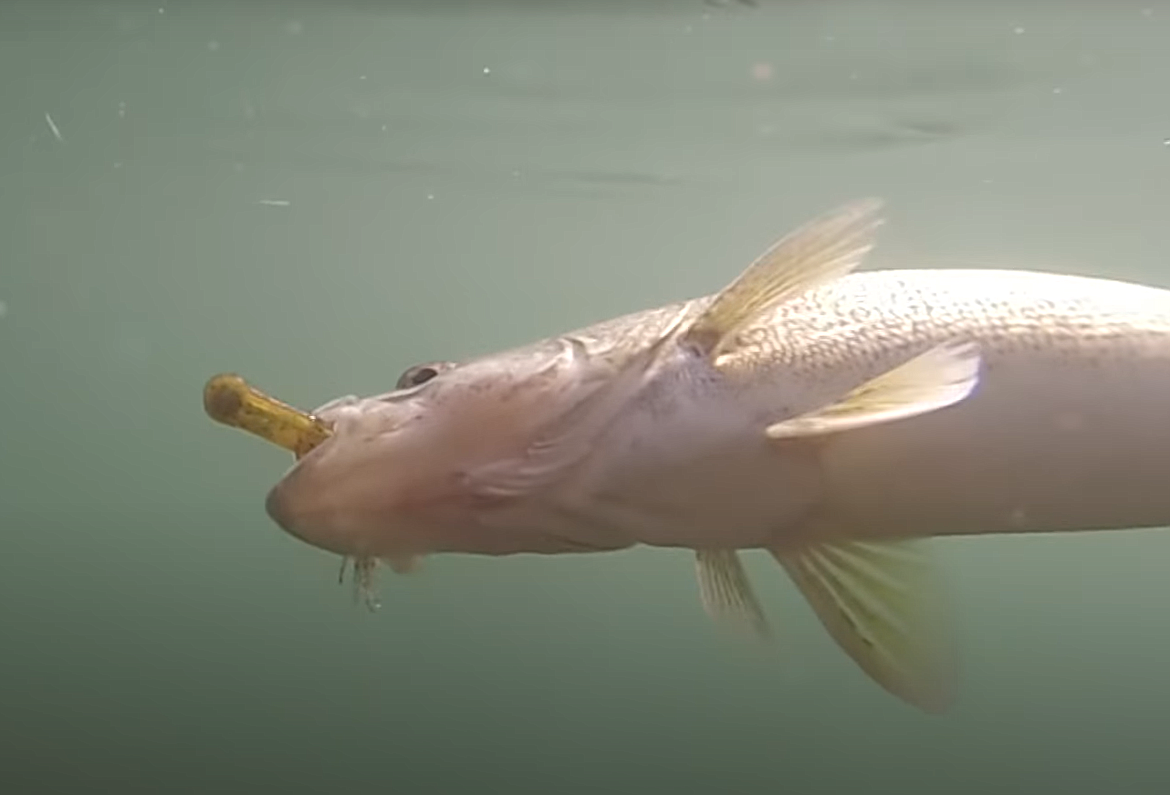WDFW examines fishing on Moses Lake
MOSES LAKE — Anglers on Moses Lake in 2020 spent around 77,000 hours casting their lines for fish, both from their boats and from onshore, according to Washington State Department of Fish and Wildlife lead warm-water fish biologist Marc Peterson.
Become a Subscriber!
You have read all of your free articles this month. Select a plan below to start your subscription today.
Already a subscriber? Login




